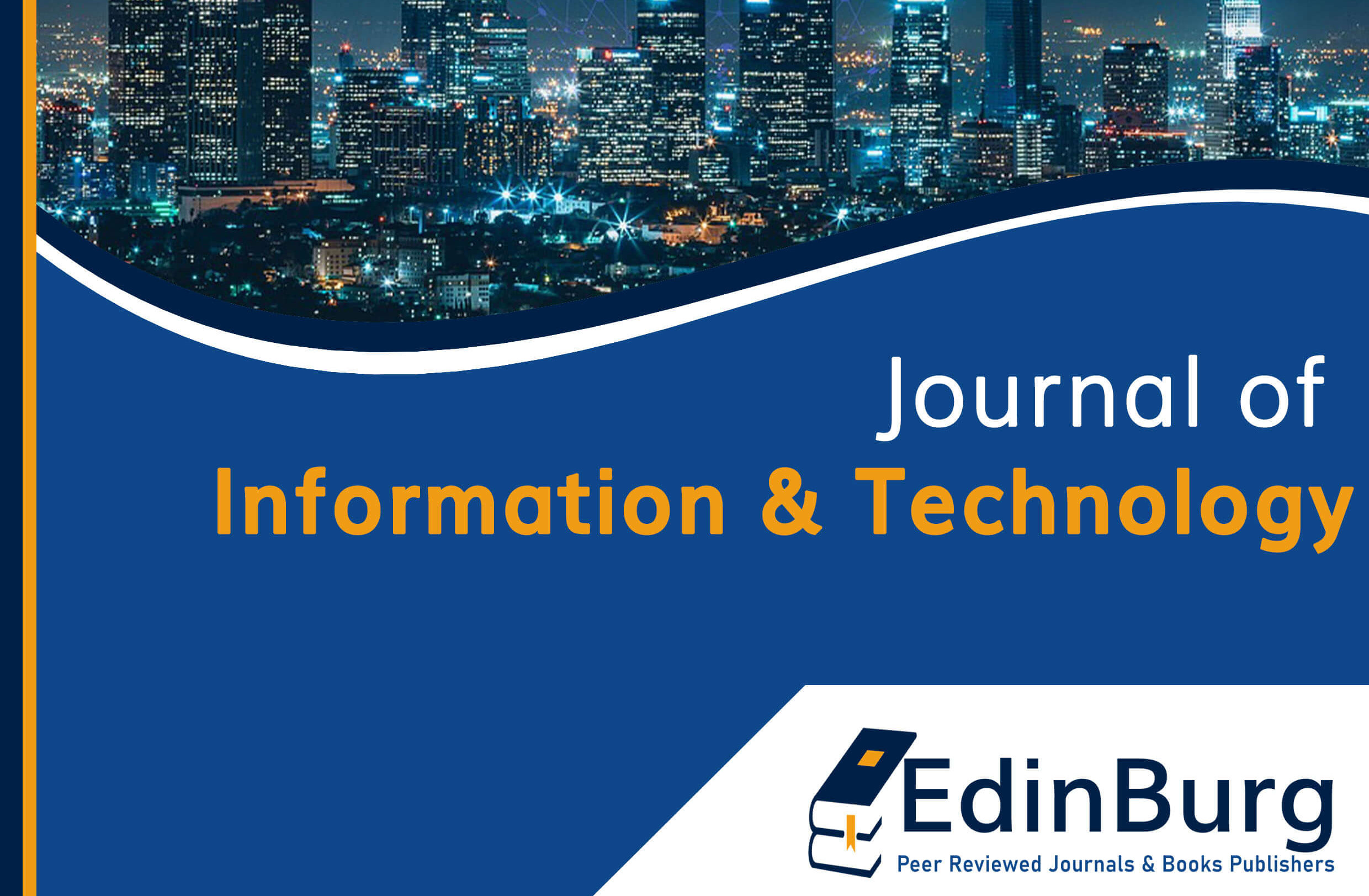A Comparative Analysis of Ensemble-Based Models for Predicting Cryptocurrency Price Movements
DOI:
https://doi.org/10.70619/vol5iss2pp44-52Keywords:
Stacking, Bagging, Boosting, Machine Learning, CryptocurrencyAbstract
This study, "A Comparative Analysis of Ensemble-Based Models for Predicting Cryptocurrency Price Movements," evaluates ensemble machine learning models bagging, boosting, and stacking to improve cryptocurrency price prediction accuracy. Using historical data, models like Random Forest, Gradient Boosting, and Stacking were tested, with Stacking emerging as the top performer (81.80% accuracy, 81.49% F1-score, 88.43% AUC-ROC), outperforming traditional methods like Naive Bayes and Decision Trees. The Boosting Combined model also showed strong results. The research highlights the effectiveness of ensemble techniques in handling cryptocurrency market volatility, offering valuable insights for traders and investors. It underscores the potential of advanced feature engineering and real-time testing to further enhance predictive accuracy, advancing financial decision-making and risk management in the cryptocurrency sector.
References
Bishop, C. M. ((2006).). Pattern Recognition and Machine Learning. Springer.
Chicco, D. &. (2020). The advantages of the Matthews correlation coefficient (MCC) over F1 score and accuracy in binary classification evaluation. BMC Genomics, 21(1), 6.
Flach, P. A.-O. (2021). Classifier performance evaluation with ROC curves: A survey. ACM Computing Surveys, 54(8), 1-35.
Hand, D. J. ((2020)). An interpretable transformation of the F-measure. arXiv preprint arXiv:2008.00103.
https://library.fiveable.me/key-terms/technology-and-engineering-in-medicine/classification-accuracy, F. (. (March 15, 2025,). Classification accuracy. Fiveable. (n.d.). Classification accuracy.
Sokolova, M. &. (2020). Systematic analysis of performance measures for classification tasks. Information Processing & Management, 57(2), 102138.
Pintelas, E., Ioannis , E., Stavros , S., Theodore , K., & Panagiotis , P. (2020, May). Investigating the Problem of Cryptocurrency Price Prediction: A Deep Learning Approach. https://pmc.ncbi.nlm.nih.gov/. Retrieved December 03, 2024, from https://pmc.ncbi.nlm.nih.gov/articles/PMC7256561/
Gulati, K., Saravana, K. S., Raja Sarath, k., & Ketan, S. (2022, February ). Comparative analysis of machine learning-based classification models using sentiment classification of tweets related to COVID-19 pandemic. ResearchGate. doi:10.1016/j.matpr.2021.04.364
Gudavalli, H. N., & Khetan Venkata, R. (2023, June). Predicting Cryptocurrency Prices with Machine Learning Algorithms: A Comparative Analysis. https://www.diva-portal.org/. Retrieved September 17, 2023, from https://www.diva-portal.org/smash/get/diva2:1778251/FULLTEXT03
Kunpeng, Y., Mohammad , Z., Petr , H., & Ahmed , B. (2024, March). Cryptocurrency price forecasting – A comparative analysis of ensemble learning and deep learning methods. ScienceDirect. Retrieved September 11, 2024, from https://www.sciencedirect.com/science/article/pii/S1057521923005719#ab0005
Torgo, L., & Mariana, O. (2014, January). Ensembles for Time Series Forecasting. Dalhousie University. Retrieved September 18, 2024, from https://www.researchgate.net/publication/272833422_Ensembles_for_Time_Series_Forecasting
Chaudhary, D., & Sushil, K. (2023). Cryptocurrency Price Prediction Using Supervised Machine Learning Algorithms. ADCAIJ: Advances in Distributed Computing and Artificial Intelligence Journal. doi:https://doi.org/10.14201/adcaij.31490
Derbentsev, V., Datsenko, N., Babenko, V., Pushko, O., & Pursky, O. (2020, October 06-09). Forecasting Cryptocurrency Prices Using Ensembles-Based Machine Learning Approach. https://ieeexplore.ieee.org/. doi:10.1109/PICST51311.2020.9468090
MyEducator. (2024). Advantages and disadvantages of KNN. Retrieved December 14, 2024, from https://app.myeducator.com: https://app.myeducator.com/reader/web/1421a/11/q07a0/
Omole, O., & David, E. (2024, August 5). Deep learning for Bitcoin price direction prediction: models and trading strategies empirically compared. https://jfin-swufe.springeropen.com/. Retrieved December 02, 2024, from https://jfin-swufe.springeropen.com/articles/10.1186/s40854-024-00643-1
Ammer, M. A., & Theyazn H., H. (2022, July 5). Deep Learning Algorithm to Predict Cryptocurrency Fluctuation Prices: Increasing Investment Awareness. https://www.mdpi.com/. doi:https://doi.org/10.3390/electronics11152349
Wu, J., Xinyi, Z., Fangyixuan, H., Haochen, Z., & Rohtiash, C. (2024, May 19). Review of deep learning models for crypto price prediction: implementation and evaluation. https://arxiv.org/. Retrieved September 20, 2024, from https://arxiv.org/html/2405.11431v1#:~:text=Deep%20Learning%20models%20are%20prominent,due%20to%20high%20market%20volatility.
Downloads
Published
How to Cite
Issue
Section
License
Copyright (c) 2025 Valens Nkurunziza, Nyesheja Muhire Enan

This work is licensed under a Creative Commons Attribution-NonCommercial-NoDerivatives 4.0 International License.





